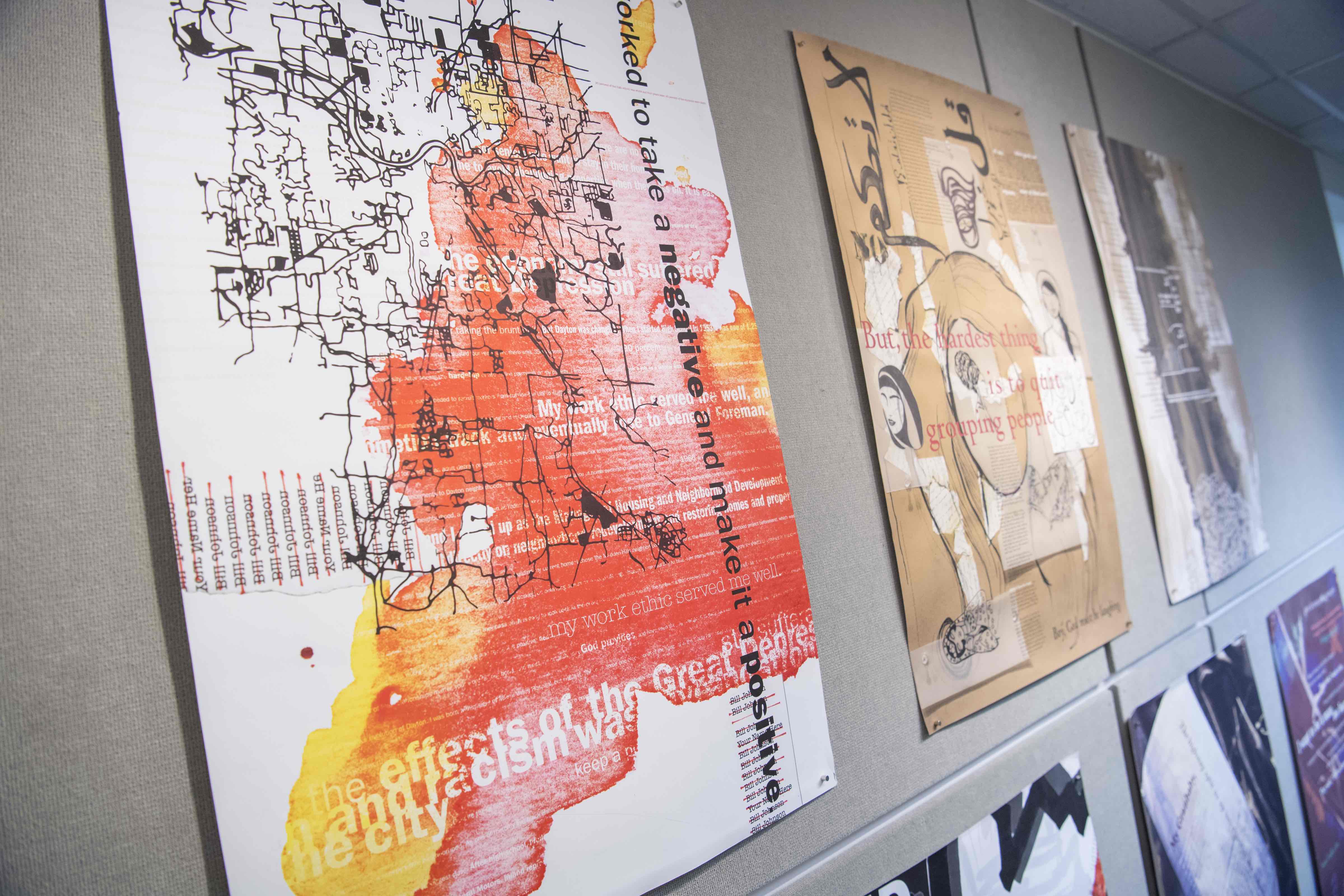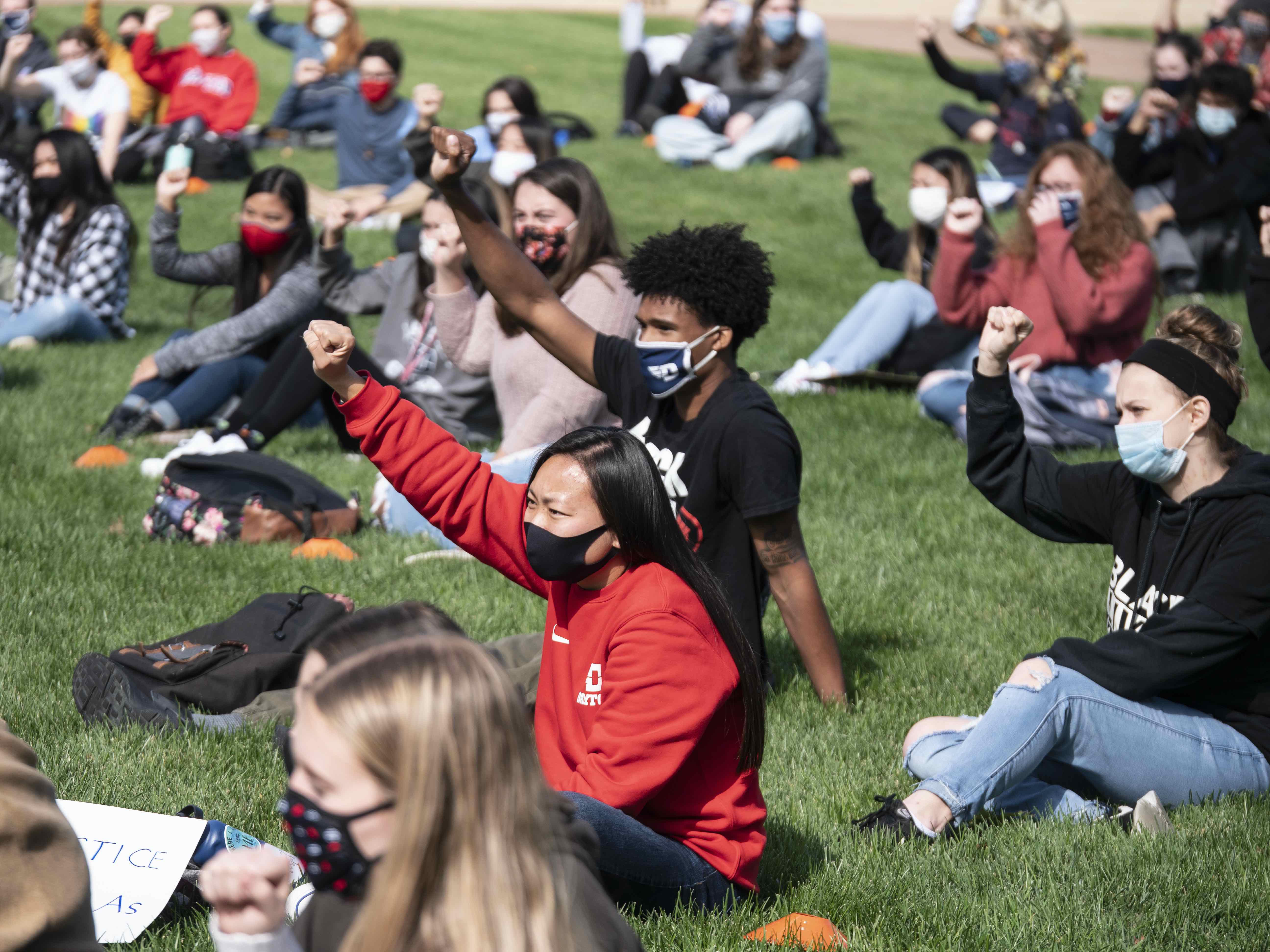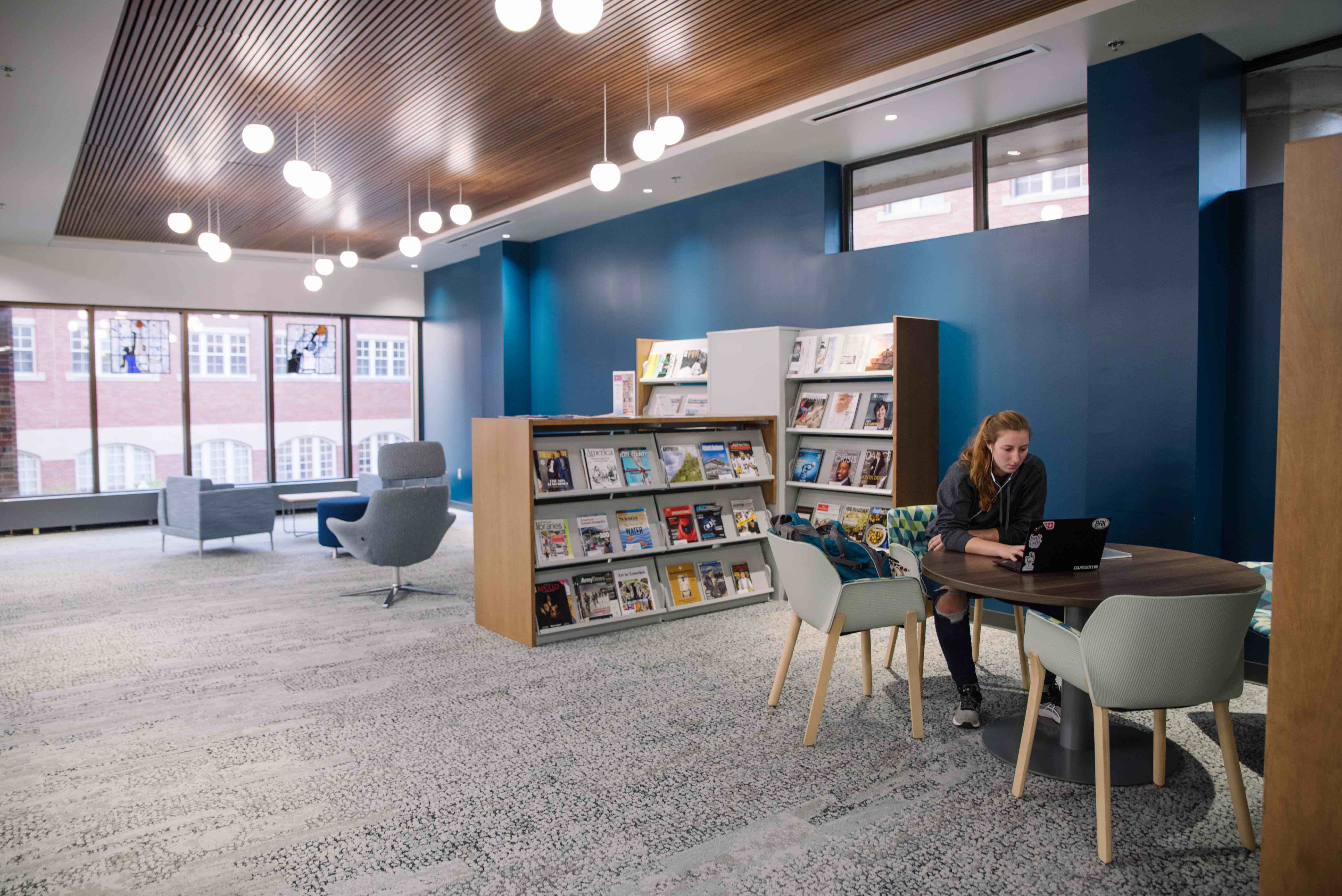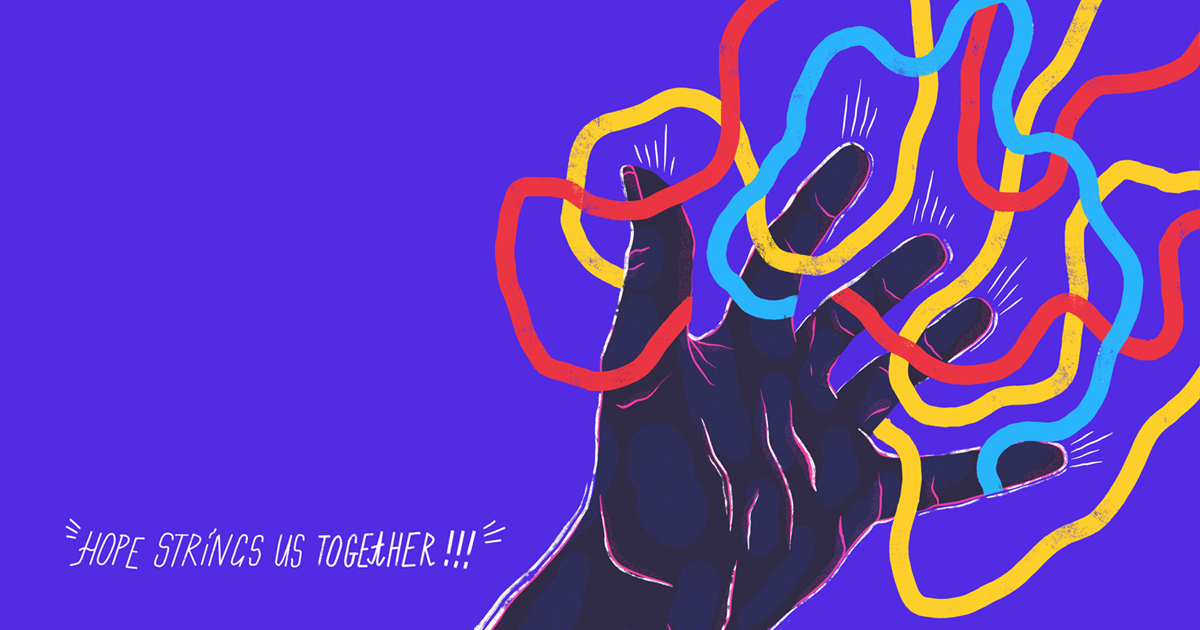
Diversity as an Institutional Learning Goal
Overview
All undergraduates will develop and demonstrate intellectually informed, appreciative, and critical understanding of the cultures, histories, times, and places of multiple others, as marked by class, race, gender, ethnicity, religion, nationality, sexual orientation, and other manifestations of difference. Students’ understanding will reflect scholarly inquiry, experiential immersion, and disciplined reflection.
Four Dimensions
Intersectionality, Social Justice, Bias, and Intercultural Competence.
Multiple Paths
Common Academic Program, Curriculum, and (Co)-Curricular Programs.
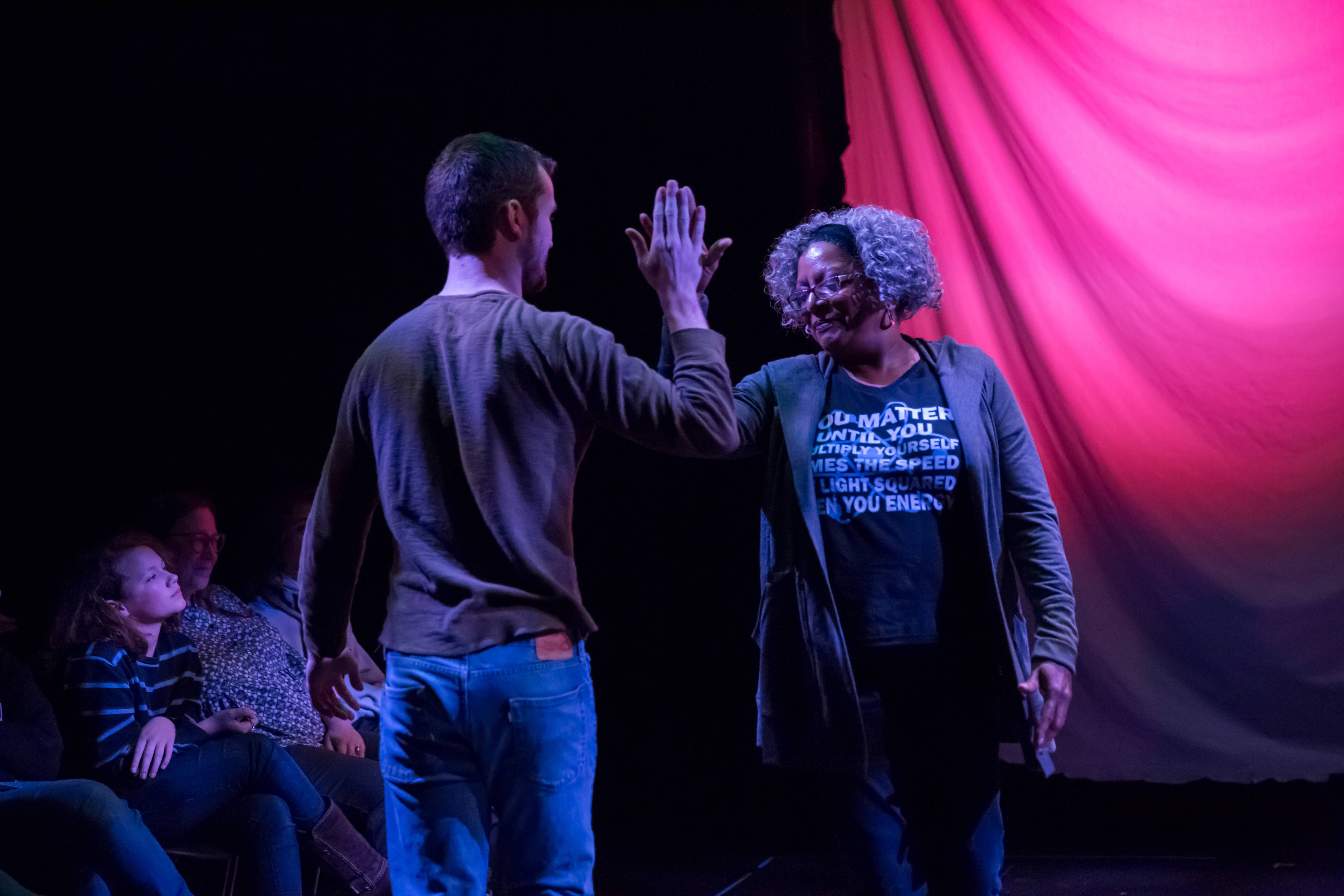
2020-2021
Diversity ILG Working Group
With an effort to facilitate the incorporation of diversity dimensions into both the curriculum and (co)-curriculum, the Diversity ILG Working Group is convening with a three-fold mission:
Big Picture Context
Diversity is one of our seven Habits of Inquiry and Reflection (HIR) outcomes, which have become the equivalent of and are regularly referred to as UD’s Institutional Learning Goals (ILGs):
“The University of Dayton will be using the terminology of Institutional Learning Goals (ILGs), effective with the 2017-18 academic year. The previous terminology, used in the Habits of Inquiry and Reflection, was Student Learning Outcomes (SLOs). This change is a reflection that the seven areas above are aspirational value statements; it does not affect how each one is defined.” (see footnote in the Habits of Inquiry and Reflection)
While often seen as merely connecting to the Common Academic Program (CAP), the seven ILGs have become the logic informing the larger aims of the university as a whole, and thus should be imagined as informing not only CAP’s direction, but the overall direction of all actions and outcomes for all schools and units on campus, not just CAP.
HIR defines Diversity as:
“All undergraduates will develop and demonstrate intellectually informed, appreciative, and critical understanding of the cultures, histories, times, and places of multiple others, as marked by class, race, gender, ethnicity, religion, nationality, sexual orientation, and other manifestations of difference. Students’ understanding will reflect scholarly inquiry, experiential immersion, and disciplined reflection.”
This definition is a starting place, but it reflects a multiculturalism model of diversity work, one that focuses more on information about groups rather than engaging the dynamics of power that create, replicate, and perpetuate systemic inequality. To put this another way, HIR “recommends certain developmentally sequenced, programmatic changes that would promote student achievement of the learning outcomes.” The HIR definition for Diversity, however, is neither scaffolded nor developmental, nor was this previous Diversity assessment rubric.
The Common Academic Program contributes to Diversity learning efforts and is intended to do so in a scaffolded way throughout its curriculum and components, particularly in Humanities Commons, Principles of Oral Communication (CMM 100), and Social Sciences Interdisciplinary (SSC 200), but in a more focused way through a Diversity and Social Justice (DSJ) component.
Faculty from all schools and units are encouraged to develop CAP-DSJ courses that achieve the learning outcomes they have for their students, align with their own teaching interests, and contribute to the developmental approach and diversity learning outcomes embraced and valued on campus.
“We find it highly unusual that the University of Dayton’s Diversity and Social Justice CAP component area does NOT specify or feature any delineated or explicit student learning objectives or competencies for student mastery in the area. There has to be an intentional learning target around diversity learning and engagement for students. If not, “diversity” becomes an amorphous goal with no operationalization or traction for the university.” - The Halualani & Associates Diversity Mapping Report (2018).
CAP Diversity & Social Justice (DSJ)
Drawing from these observations and common questions about the Diversity and Social Justice (DSJ) Component of the Common Academic Program (CAP), the Diversity and Social Justice Curriculum Fellows came about and were tasked to:
- Compile and organize resources, readings, and other materials that individuals might find useful in developing and teaching DSJ courses across academic disciplines; such efforts are now available in this LibGuide.
- Develop guidance about what pursuit of the Diversity Institutional Learning Goal (ILG) may look like at the introductory, expanded, and advanced developmental levels. This guidance may take the form of sample learning objectives, rubrics, and activities appropriate to different levels of engagement.
In their 2019-2020 comprehensive report, the Fellows aimed to provide clarity regarding the DSJ Component of CAP connected to the experiences of all undergraduate students at this university.
The Diversity ILG Learning Continuum is an attempt to make visible the cumulative diversity learning goals for all University of Dayton students. It is presented in a scaffolded format that foregrounds growth over time, one that is developmental rather than merely aspirational.
After consideration of peer-reviewed articles discussing inclusive education and curriculum as well as other institutions’ diversity-related learning outcomes, the Fellows concluded that there are four dimensions of diversity that should be addressed in helping achieve the Institutional Learning Goal of Diversity:
- Intersectionality,
- Social Justice,
- Bias/Perspective,
- and Intercultural Competence.
The definitions used by the Fellows for these dimensions came from other University documents related to diversity, for ease of communication across the University. The Fellows developed student learning outcomes at three levels of learning: Beginner, Intermediate, and Advanced. It is hoped that students will achieve the Beginning and Intermediate level outcomes through their first and second year CAP coursework, allowing the CAP Diversity & Social Justice course to focus on Advanced learning outcomes.
Making visible this scaffolded, developmental model is intended to facilitate the incorporation of these aspects into both the curriculum and co-curriculum as a means to hold the university as a whole accountable for the necessary work to meet these goals with students. By intentionally creating an understanding of key ideas and terms, developing the necessary skills to engage these four different domains, and practicing applying these skills and abilities as part of students’ holistic educational experience, the University of Dayton can make the Diversity ILG a key aspect of our mission as the university of the common good.
Diversity ILG Learning Continuum
Highlights
Events
The Diversity ILG Working Group launched this report at the 2022 Learning Teaching Forum. A series of engagement events is lined part of the roll-out plan.
ParticipateConcepts
A list of terms and definitions to help connect with and contribute to ongoing work on campus, and reinforce existing messaging.
LearnResources
Resources in this LibGuide are organized by Diversity ILG Continuum dimensions, and proficiency level, beginner, intermediate, and advanced.
LibGuide
